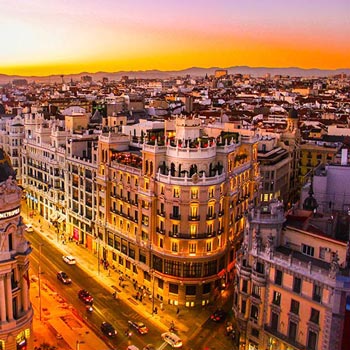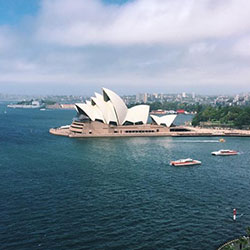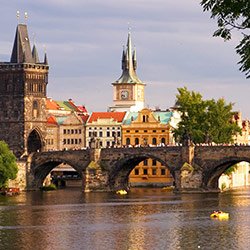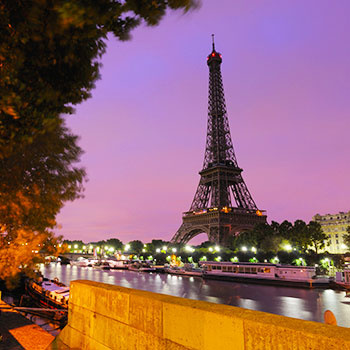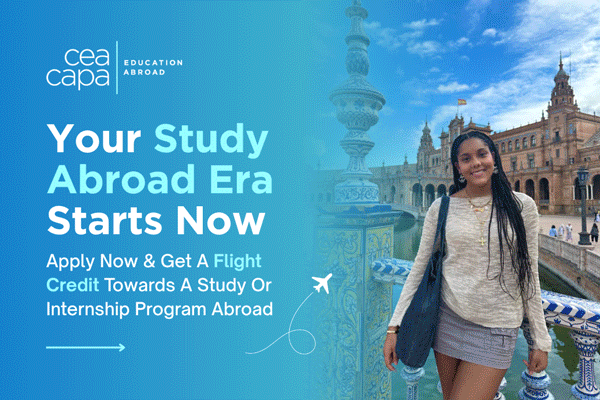Music & Society: Theory and Practice of Flamenco
Arts & Sciences Program
Seville, Spain
Dates: 9/7/22 - 12/21/22

Music & Society: Theory and Practice of Flamenco
OVERVIEW
CEA CAPA Partner Institution: University of Seville
Location: Seville, Spain
Primary Subject Area: Sociology
Other Subject Area: Music
Instruction in: English
Course Code: FS-09
Transcript Source: Partner Institution
Course Details: Level 300
Recommended Semester Credits: 3
Contact Hours: 45
Prerequisites: The pre-requisites for this Course are an interest in Cultural Studies and a love of music and/or dance.
DESCRIPTION
Broadly defined, Flamenco is a complex performative art which includes song (cante), dance (baile) and guitar music (toque), originally embedded in a particular lifestyle and world view. Tracing its origins to approximately the mid-nineteenth century, Flamenco has been associated with Spanish Gypsies (gitanos), a community instrumental in its development and who represent the majority of its practitioners, and with the culture of Andalusia in Southern Spain. The exoticization of Spain during the 19th century stimulated Flamenco?s broader development and popularity until it eventually grew to become a powerful national icon, while it continues to be regarded as a quintessential expression of Spanish culture.
Our emphasis is on acquiring an aural, visual, and theoretical understanding of Flamenco, of the streams of culture which created it, and of its role within Spanish culture, and on using the study of Flamenco as a vehicle to explore the relationship between art and culture, music and society, and the ways in which we think, talk and learn about Flamenco.
The intention of the practical part of the Course, the Flamenco dance class, is not to train future Flamenco dancers, although I have had many students go on to further study. Rather, it is designed to give students an understanding of the mechanics, aesthetics, and basic canons of an art form that is so often described as being purely spontaneous and free. The dance class centers on learning the basic postures and steps of the Flamenco vocabulary and the techniques of footwork. We also study the ?compás? (rhythmic cycle) and learn to play ?palmas? (rhythmic handclapping). Above all, we try to understand how Flamenco dance is structured and the essential relationship that links dancer, guitarist and singer.
At the end of the Course, students will perform the simple choreography they have learned, accompanied by a professional singer and guitarist. This tends to give them an entirely new appreciation of the complexity of both the dance form and the culture in which it is embedded. Evaluation in this part of the class sessions is based on attendance, effort and improvement, each student performing at his or her own level; ability or prior dance training is not necessary.
Our emphasis is on acquiring an aural, visual, and theoretical understanding of Flamenco, of the streams of culture which created it, and of its role within Spanish culture, and on using the study of Flamenco as a vehicle to explore the relationship between art and culture, music and society, and the ways in which we think, talk and learn about Flamenco.
The intention of the practical part of the Course, the Flamenco dance class, is not to train future Flamenco dancers, although I have had many students go on to further study. Rather, it is designed to give students an understanding of the mechanics, aesthetics, and basic canons of an art form that is so often described as being purely spontaneous and free. The dance class centers on learning the basic postures and steps of the Flamenco vocabulary and the techniques of footwork. We also study the ?compás? (rhythmic cycle) and learn to play ?palmas? (rhythmic handclapping). Above all, we try to understand how Flamenco dance is structured and the essential relationship that links dancer, guitarist and singer.
At the end of the Course, students will perform the simple choreography they have learned, accompanied by a professional singer and guitarist. This tends to give them an entirely new appreciation of the complexity of both the dance form and the culture in which it is embedded. Evaluation in this part of the class sessions is based on attendance, effort and improvement, each student performing at his or her own level; ability or prior dance training is not necessary.
